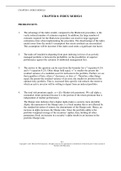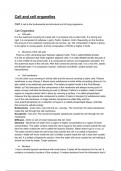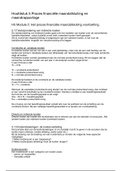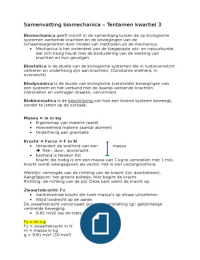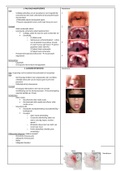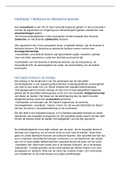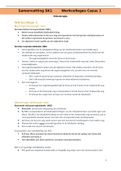Samenvatting
Summary Food & Brain Health (NWI-BM082)
- Vak
- Instelling
This is a very extensive summary of the course Food & Brain Health (NWI-BM082). It contains all the information from the lectures, that also included images for better visualization. All the learning goals are described. This summary will help you to receive a high exam grade. Good luck!
[Meer zien]




